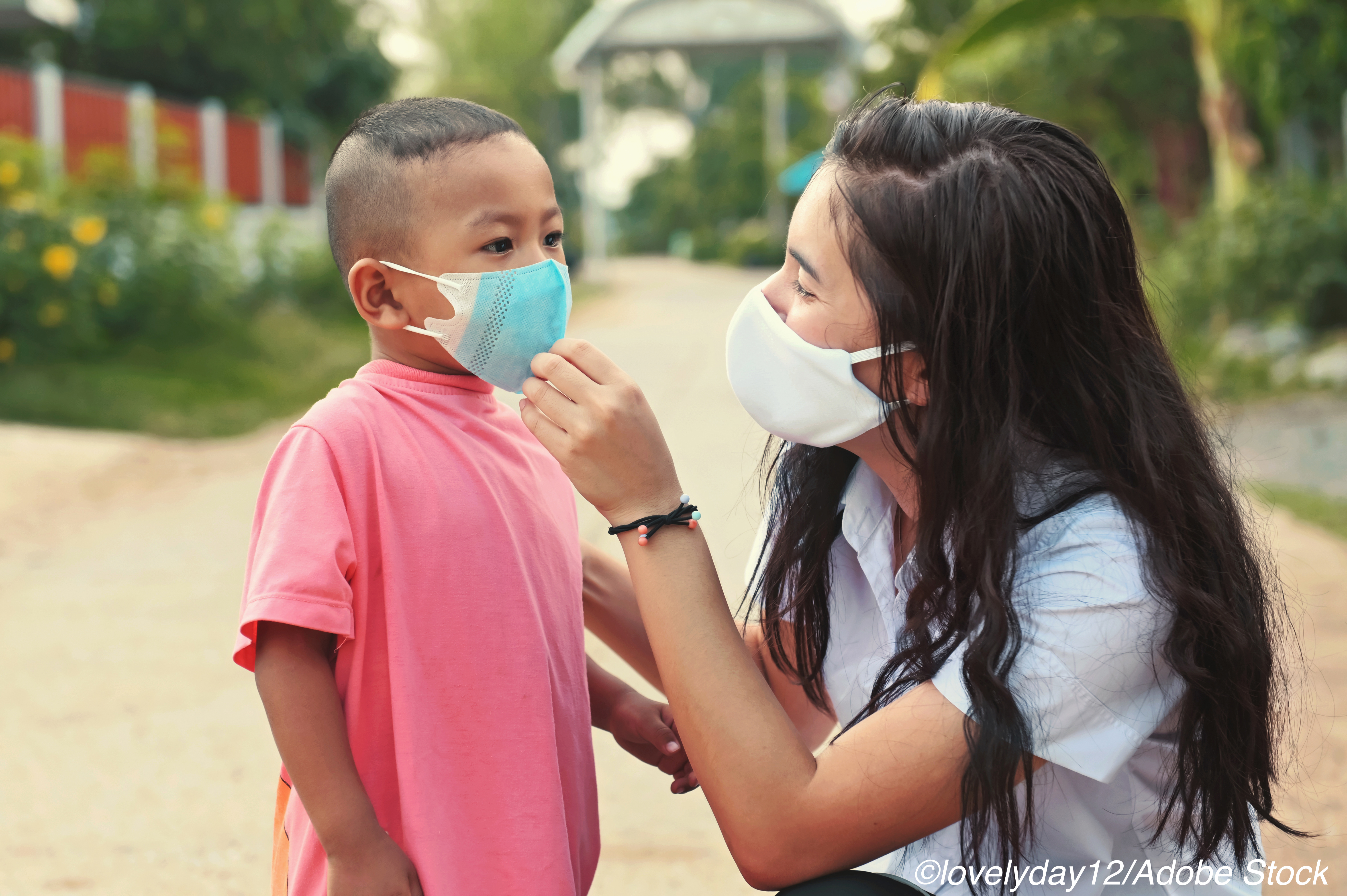
In its guidance on cloth face coverings, the AAP argued that they be worn by any child age 2 years and older, “including the vast majority of children with underlying health conditions, with rare exception.” The organization pointed out that children as young as 2 years old are capable of learning basic infection control skills, including hand washing and social distancing, suggesting they can also be taught to wear a cloth face mask. In addition, “many cloth face coverings have demonstrated similar infection control performance to standard medical facemasks used in health care settings,” the AAP wrote. “During the Covid-19 pandemic, plans for the safe return of children to school, childcare, and other group settings must include the universal use of cloth face coverings by children 2 years of age and older and the adults with whom they interact.”
AAP President Sally Goza, MD, in a statement, asserted that cloth face coverings should become part of the “new normal” for kids as they head back to school. “Children are incredibly adaptable and resilient. Just like children understand that they must wear bicycle helmets and buckle into their car seats, they will come to learn to wear masks routinely when necessary,” she said.
In its guidance on pediatric Covid-19 testing, the AAP suggested that kids who develop symptoms consistent with Covid-19, who were in close contact with a person with confirmed SARS-CoV-2 infection (within 6 feet for a minimum of 15 minutes), or who are scheduled for elective surgery should be tested for the virus. And, if a child tests positive, family members should also be tested if they show any symptoms.
“Children should generally receive testing 24 to 72 hours prior to elective surgery, depending on local practice recommendations,” the AAP wrote. “Those with a positive SARS-CoV-2 test result should reschedule elective surgery until after their isolation period is over. If the child is asymptomatic, this isolation period should be a minimum of 10 – 14 days depending upon local public health guidelines. If the child is or becomes symptomatic, this isolation period continues until [the child] has been afebrile for 24 hours without the use of antipyretics, at least 10 days have passed since symptoms first appeared, and symptoms have improved. For children who are considered immunocompromised, a period of 20 days may be required.”
The AAP guidance also covers the types of Covid-19 tests available; the feasibility of testing in the clinic; processes to consider in scheduling tests, including PPE use; counseling families regarding test results; and reporting results to the proper public health authorities. The AAP noted that testing recommendations do not differ based on the age of the child.
In its guidance on the use of PPE in the pediatric setting, the AAP wrote that, “Although each practice’s standardized approach must take into account individual practice protocols, staffing, and local and regional epidemiology, the guiding principles for ALL practices should include appropriate PPE, hand hygiene, disinfection of equipment and physical facilities, and efforts to promote optimal physical distancing given the types of clinical interactions and procedures.”
While the AAP acknowledged that PPE availability may vary and clinics may need to get creative in forming their infection prevention and control (IPC) and PPE protocols, it also argued that “Each patient care facility, regardless of size, should have written IPC protocols that are specific to the setting, patient population served, types of procedures, and availability of PPE. These protocols must, at a minimum, be consistent with federal, state, and/or local public health guidelines and, when applicable, health care system IPC policy.” The AAP also noted that staff should be trained on proper PPE use, including face coverings, N95 masks, protective eye wear, gloves, and gowns when necessary.
The AAP wrote that higher levels of PPE will be necessary during any aerosol-generating procedures that can spread high concentrations of respiratory droplets. The organization added that hand sanitizer should be available to all patients and families entering the clinic, and that patients 2 years and older should wear a mask or face covering and practice social distancing in the clinic when possible.
John McKenna, Associate Editor, BreakingMED™
Cat ID: 138
Topic ID: 85,138,730,933,190,926,138,139,192,927,151,928

